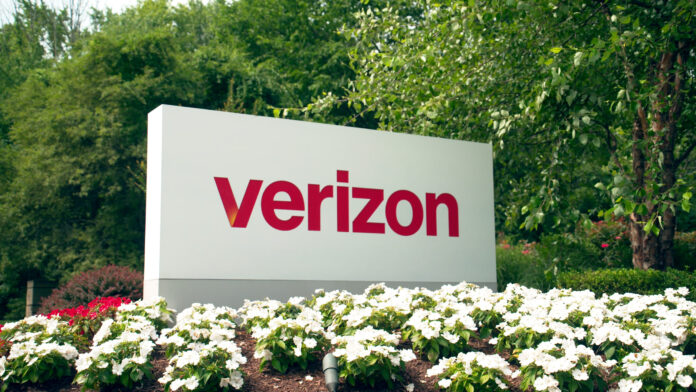A pragmatic approach to telco AI can drive short-term operational benefits and customer experience enhancements
As it looks to leverage AI across its business, Verizon Vice President of AI and Data Michael Raj emphasized that underlying any successful AI strategy is a sound data strategy. “If we don’t have a foundational data strategy that actually can bring all of this together, it is a painful process,” he explained during a webinar hosted by RCR Wireless News.
Raj said Verizon has focused on integrating disparate data platforms and sources into a whole that’s greater than its parts. From there, “You look at it holistically and organize it in the form of data products…This is foundational,” he said. In evaluating potential AI use cases, he delineated the criteria as strategic importance, business value, technical feasibility and risk.
Raj highlighted that a practical approach to AI can deliver short-term benefits, both operationally and customer-facing. He gave the example of Verizon’s use of data to identify high-risk dig requests and then proactively work to reduce the likelihood of potential fiber damage that could occur during a particular dig. Essentially, the operator applies AI to the more than 10 million annual dig requests it receives, then looks for historical and current location-based activity, and the historical performance of the contractor that’s going to do the work. A key piece is identifying high-risk digs and contractors and flagging the elevated risk before the work starts.
Raj said that simply by understanding risk and communicating that out to contractors has resulted in operational improvements. It’s a “very simple application which can be turned around a lot faster…[and it] aligns very well with customer experience.”
Speaking more generally, Raj talked through an industry emphasis on using AI at radio sites to understand traffic patterns then deactivate components to reduce energy consumption without impacting network performance. He said his thinking was on how ongoing 5G deployment requires precise prediction of attendant energy consumption to ensure the accuracy of corresponding energy cost planning. Raj also called out AI-enabled climate modeling as useful in planning future site deployments.
On the long-term evolution of operators into AI-native organizations, Raj hit on the idea of intent-based networking, and moving from open loop to closed loop automation over time. “We are probably moving into an area where there can be high level policies and goals that can be set, and the AI systems provide the ability to translate them into actual configurations, therefore simplifying the network management, and therefore significantly reducing the errors which would ultimately impact the customer experience.”
“Building an AI-native telco truly requires a very holistic approach that looks at all the technology advancements that are happening, combining it with the organizational transformations that are happening…but, finally, putting a big emphasis and focus on delivering true value to customers.”

